
Understanding normal sleep architecture is an important aspect of treating sleep disorders. In this video, Dr. Nishi Bhopal MD, board certified sleep physician and psychiatrist, explains normal sleep architecture, sleep stages, and why sleep is like a symphony. Physicians can get CME credits for watching this video.

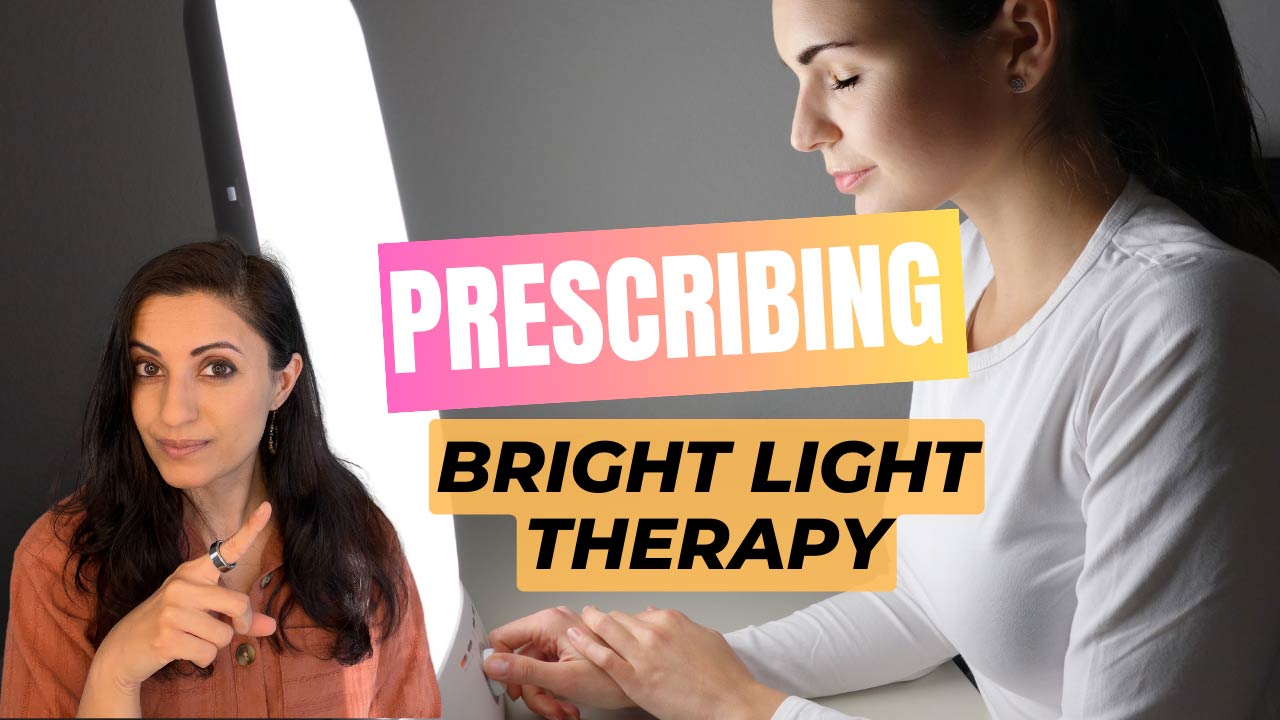
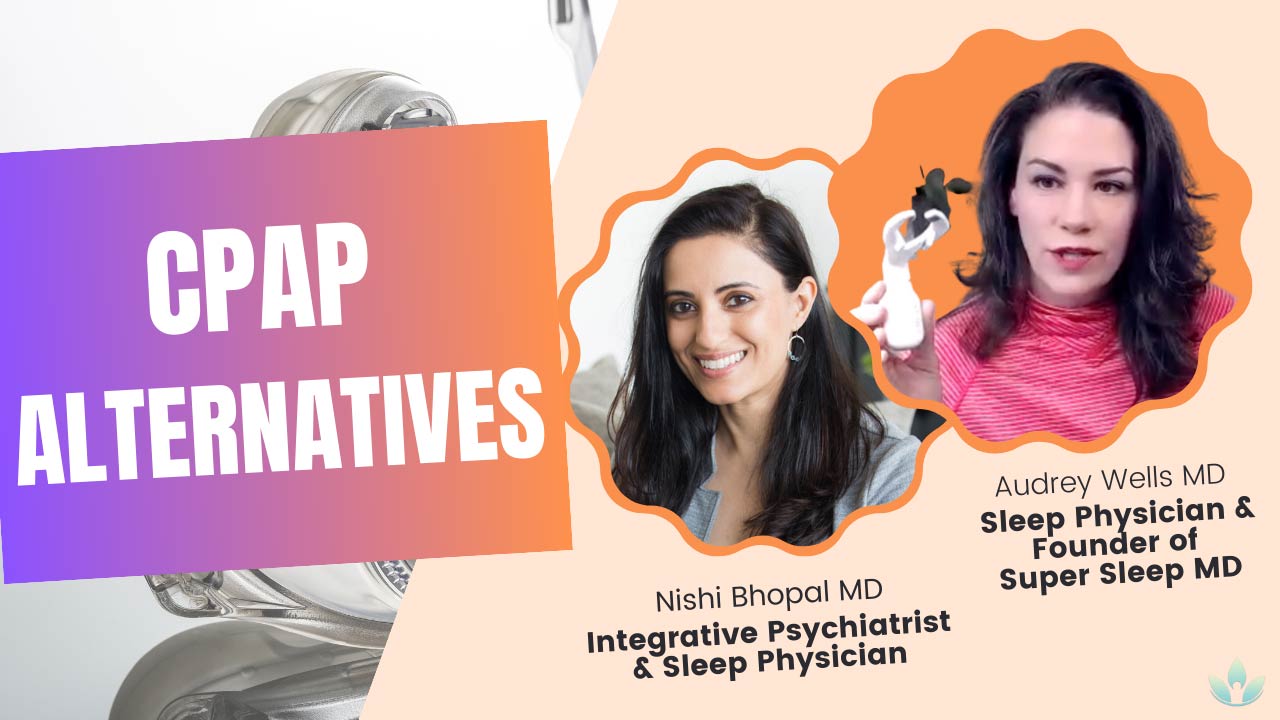
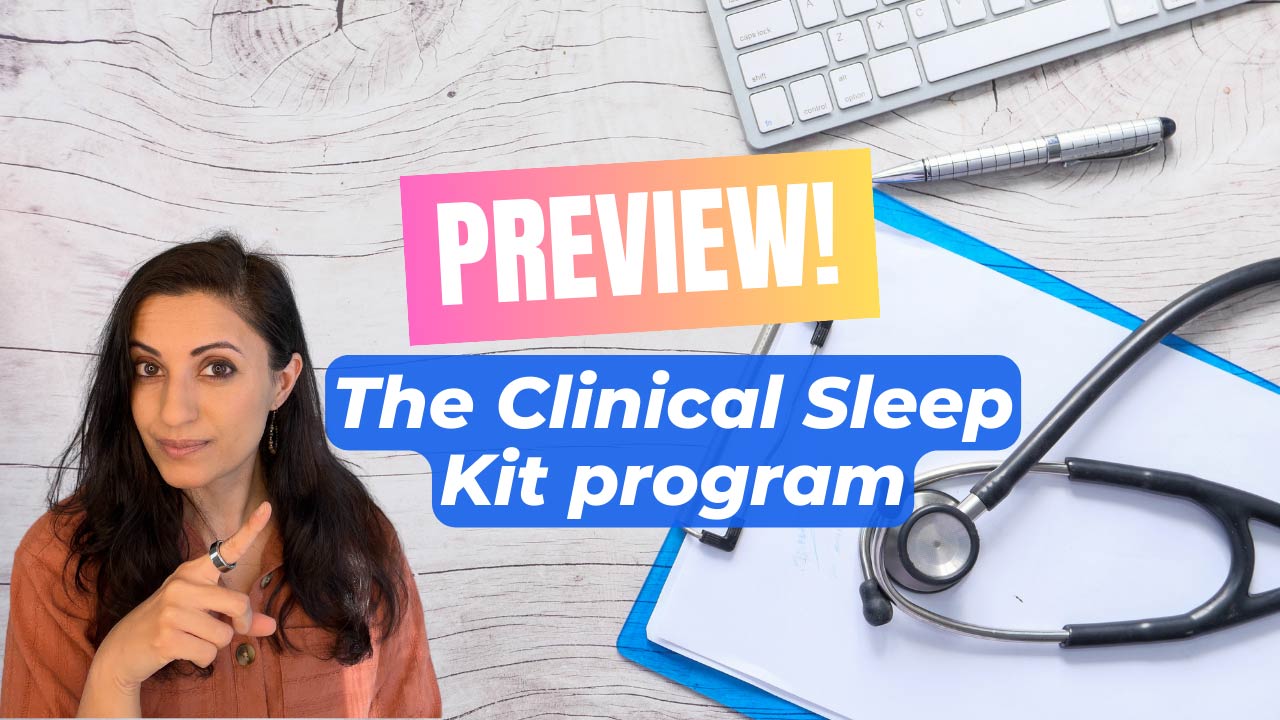
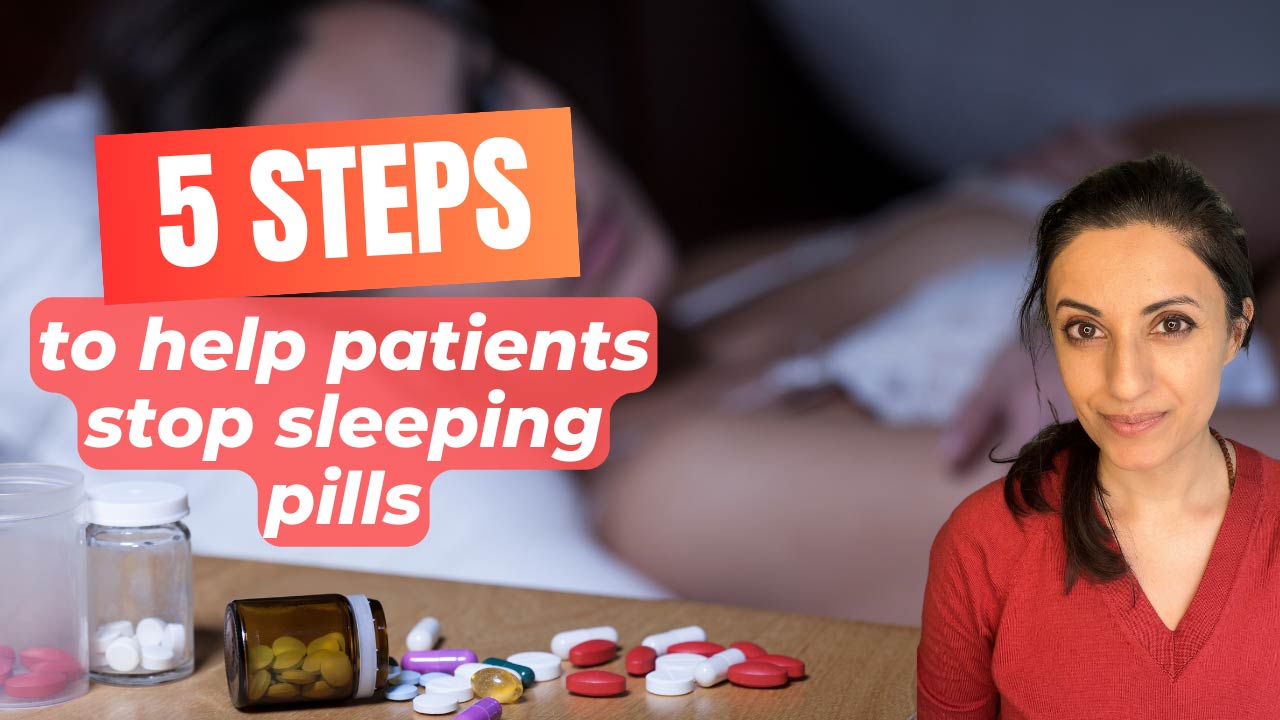


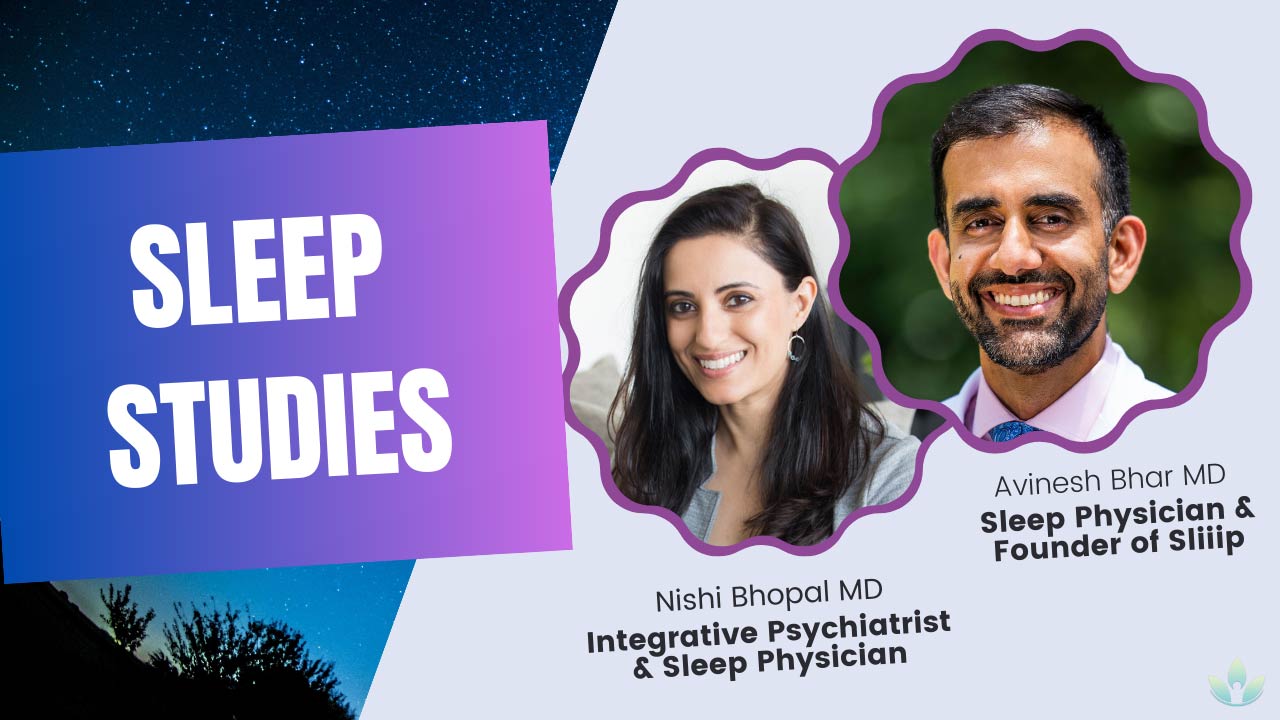

Recent Comments